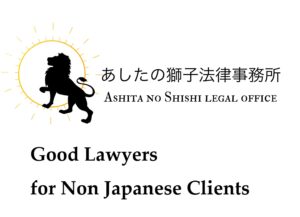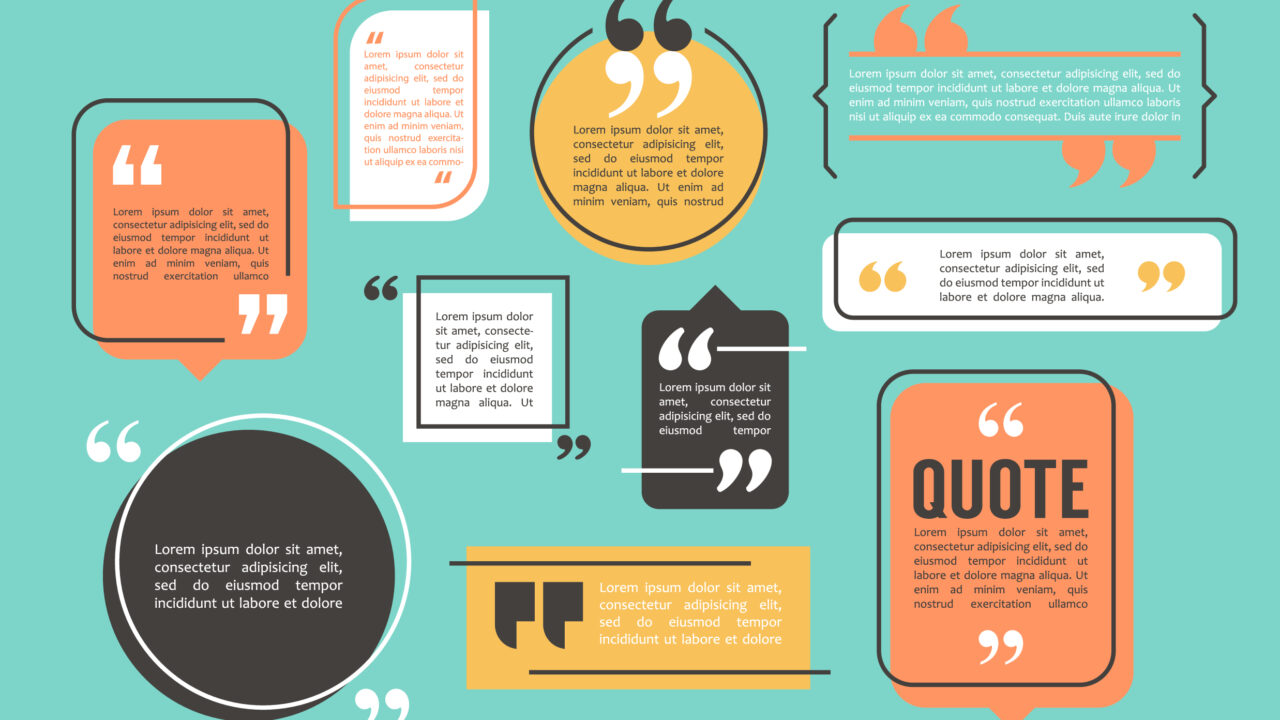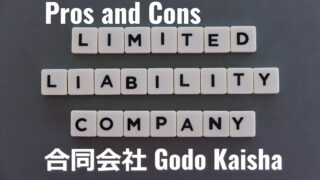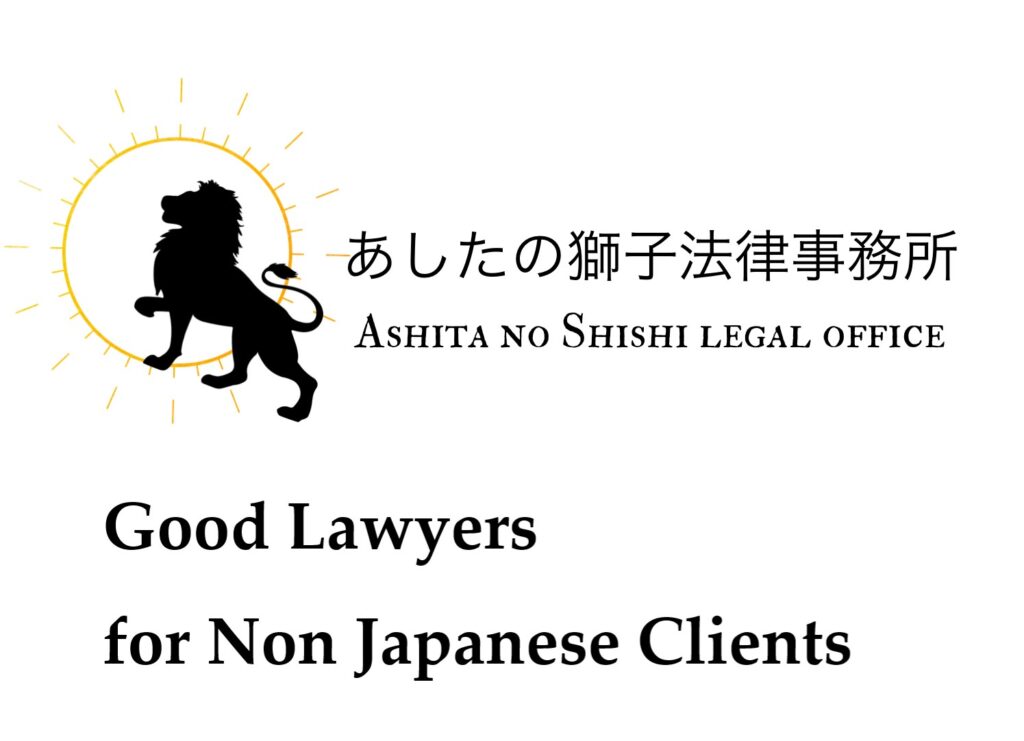When you make an article, blog, movie or any other work, you may often feel you want to use somebody’s copyrighted material in your works. In principle, you have to get a consent from the right holders to do so.
However, there are many people quoting other’s work without getting such consent, assuming that the authors would not exercise their rights against individuals. In reality, the right holders can suddenly decide to execute their copyrights against such free riders and they are forced to pay compensation or may be punished. For example, November 2021, a female patissier got referred to prosecutor on suspicion of selling cakes with the image of popular animation Damon Slayer.
There are tons of other people doing the same but you never know you will or won’t be targeted.
5 Requirements for Quotation
Although you can’t use animation image like the patissier above without making a license agreement with animation company, you may be able to use copyrighted works of others for certain justifiable purpose without getting a consent by satisfying the following 5 requirements.
1. The quoted work is already publicized.
Works which are not published can’t be quoted. Subject to rules of quotation, you can quote from book, magazines, web page or posts social networking service as long as it is open to the public. On the other hand, letters or emails sent only to you can’t be quoted because it’s private communication.
2. The quoted part is clearly designated.
You have to designate which part is quoted. Most common way is putting quotation mark around the quote.
3. Your own idea should be the main contents and quoted part should be supplemental.
Main content should be your original and quoted part has to be supplemental information. So you are not allowed to quote large part of a novel and put your comment “This novel is good”.
Whether quoted part is supplemental or not is determined by judge taking account of quantity and quality.
In past, famous soccer player Hidetoshi Nakata sued a publisher for using full text of his poem in a book without his permission. There was a comment of the publisher written below the poem, “This is the poem written by Nakata for year book of junior high school. From this poem, you can feel his strong will.” In this case, Tokyo High Court judged it as infringement of copyright because his quoted poem can’t be considered as supplemental contents.
4. The quotation is consistent with fair practice and within a scope that is justified for the purpose.
Quotation is justified to the extent necessary for your purpose. So you can quote somebody’s works in order to support your strengthen your argument. On the other hand, using a photo taken by others to make your website look better is not allowed, because such use is free riding.
5. The source is specified.
You need to display the name of author and the title of the works to specify the source.
You may also be interested in our another article about “What is Fair Use? Japanese Copyright Law (3)”
https://highly-skilled-japan.com/2021/06/16/1510/











